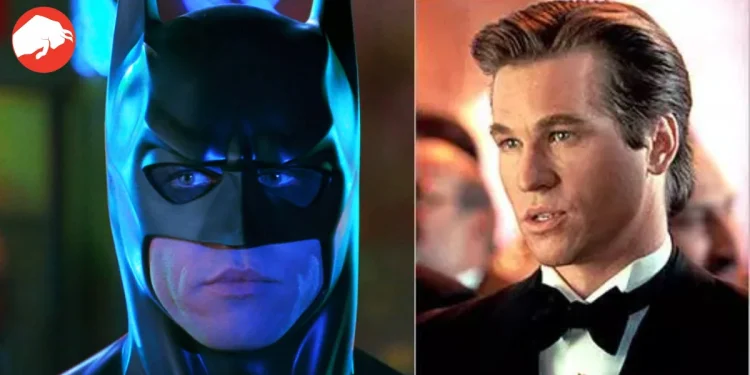Batman, a character known for his enduring presence and versatile portrayal, has seen several actors don the cape, including Christian Bale, Robert Pattinson, and Ben Affleck. However, it was Michael Keaton and Val Kilmer who contributed significantly to the evolution of this iconic character in the cinematic world, each bringing a unique flavor to the role.
Keaton’s Visionary Bruce Wayne
Michael Keaton, the man behind Bruce Wayne in Tim Burton’s ‘Batman’ and ‘Batman Returns’, envisioned the character as a psychologically tortured recluse, a man who felt the darkness within him, and by extension, his world, Gotham City. It was this darkness that was the signature of Burton’s films, symbolizing Bruce’s inner turmoil and his nightly escapades as Batman, combating twisted foes like the Joker and the Penguin.
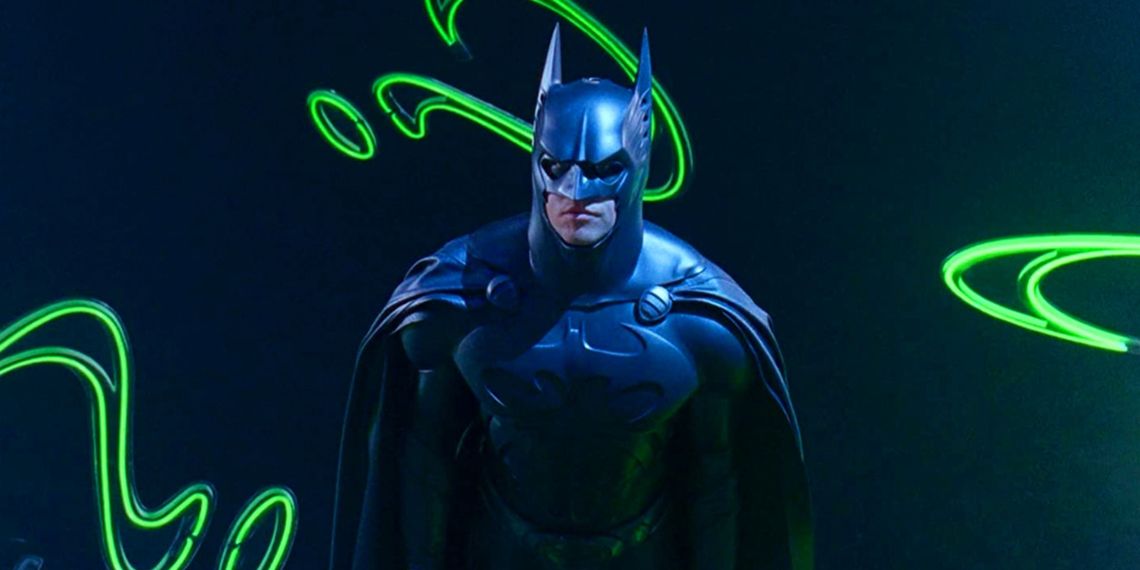
Keaton discussed his departure from this grim and gothic Gotham on the Playlist’s Backstage podcast, attributing it to the creative disagreements with Joel Schumacher, his successor director. He emphasized, “It was always Bruce Wayne. It was never Batman,” highlighting his focus on the man behind the mask, not the symbol he becomes at night.
Schumacher’s Neon Gotham
Contrasting sharply with Burton and Keaton’s somber Gotham was Schumacher’s neon-lit, carnival-like city in ‘Batman Forever’. Here, Val Kilmer’s Batman carried a dry wit and was engaged in a constant battle within, questioning his dual life amidst new relationships with Dick Grayson and Dr. Chase Meridian. However, the vibrant ambiance and cheeky dialogue made it clear that Schumacher’s aesthetic diverged significantly from his predecessors.
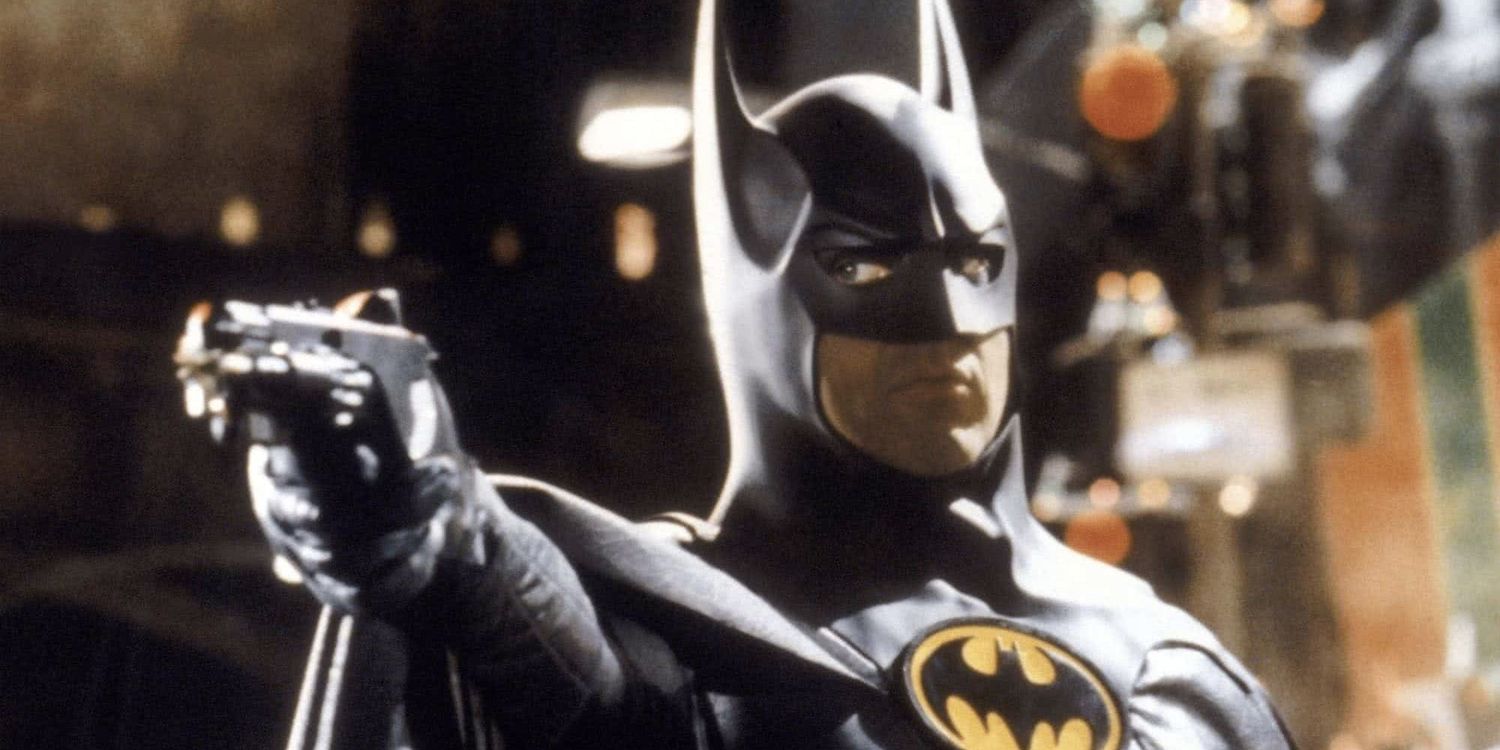
Despite being visually distinct and paying homage to the Silver Age of Batman comics, the glaring difference in vision was one of the primary reasons that led to Keaton’s withdrawal from the role.
Kilmer’s Brief Stint and Exit
Val Kilmer, stepping into the shoes of the caped crusader, struggled with feeling underappreciated during his tenure, overshadowed by his co-stars and conflicts with Schumacher. He eventually decided to part ways with Batman, feeling the character was not about Batman but the symbol he represents.
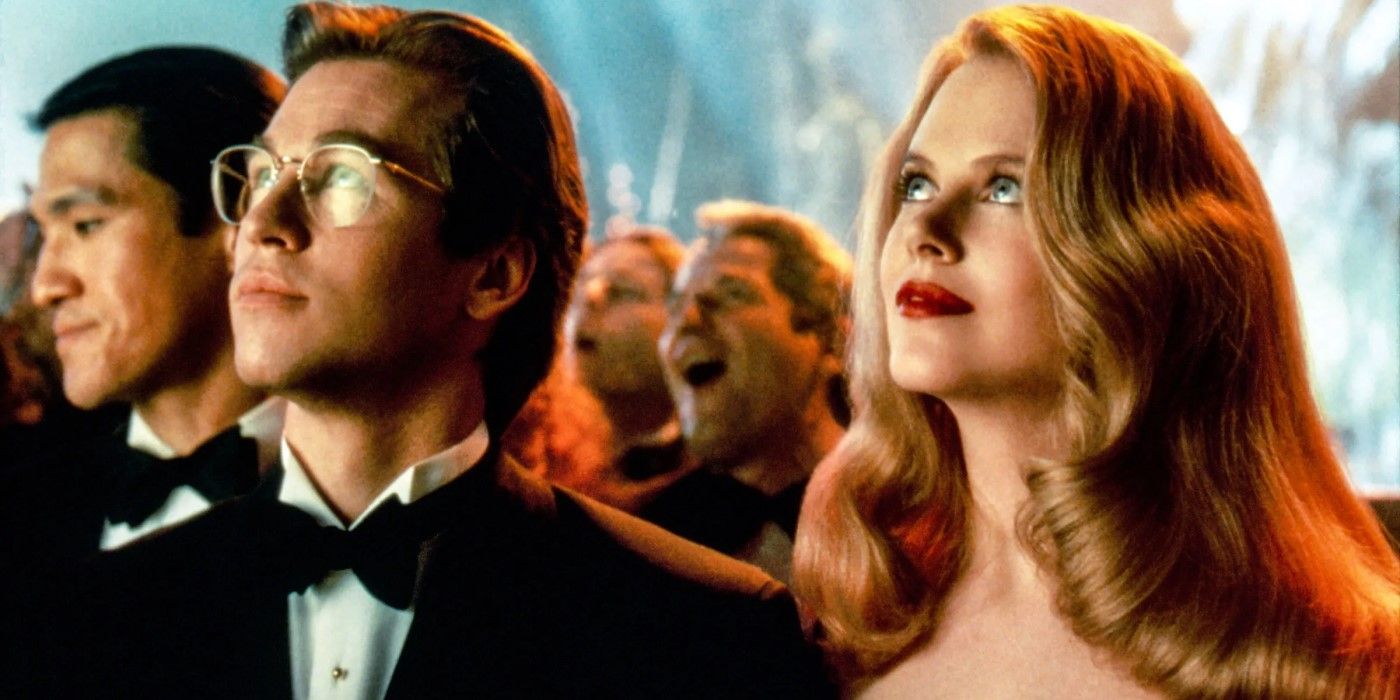
“It’s not about Batman. There is no Batman,” Kilmer pointed out, reflecting the juxtaposition between his perspective and Keaton’s, who saw Batman and Bruce Wayne as two distinct entities, each grappling with their past traumas.
Legacy of Keaton’s Batman
Michael Keaton’s brief yet impactful portrayal not only reshaped the Batman mythos but also inspired the critically acclaimed ‘Batman: The Animated Series’. The series embraced the dark aesthetic of Burton’s films, with character designs and musical scores reminiscent of the original movies, offering a haunting portrayal of the masked vigilante.
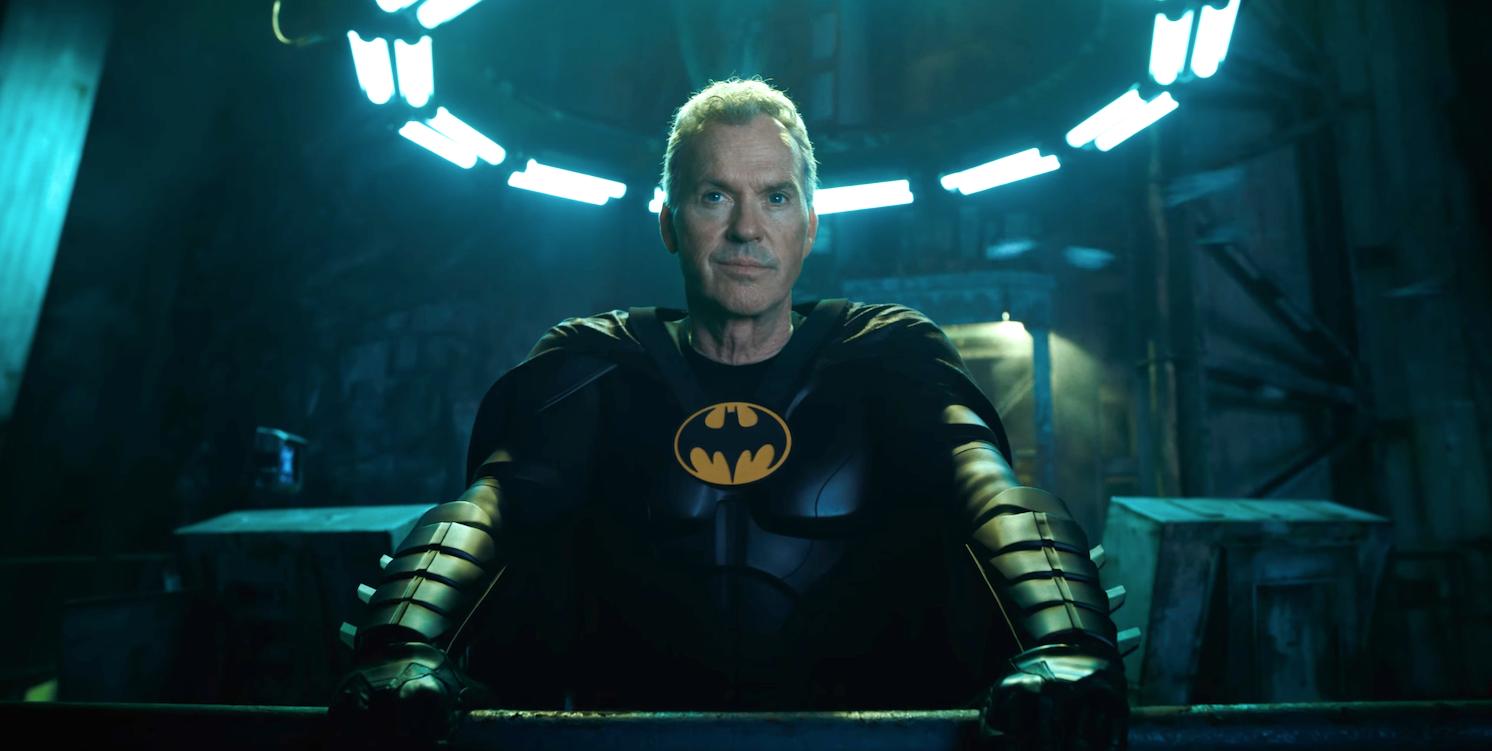
Keaton’s significant influence continued with his return to the role in ‘The Flash’, emphasizing his enduring passion and commitment to the character. His reprisal holds more weight in an era where actors reembrace their iconic roles, marking his special connection with Batman.
Conclusion
Batman, a symbol of fear, justice, and resilience, has undergone various transformations, with each actor and director imprinting their unique perspective on this legendary character. Michael Keaton and Val Kilmer’s contrasting visions and portrayals underscore the adaptability and the multifaceted nature of Batman. As the world once again sees Keaton embrace his iconic role, it’s a reminder of the timeless allure and the ever-evolving narrative of the Dark Knight in the cinematic universe.


